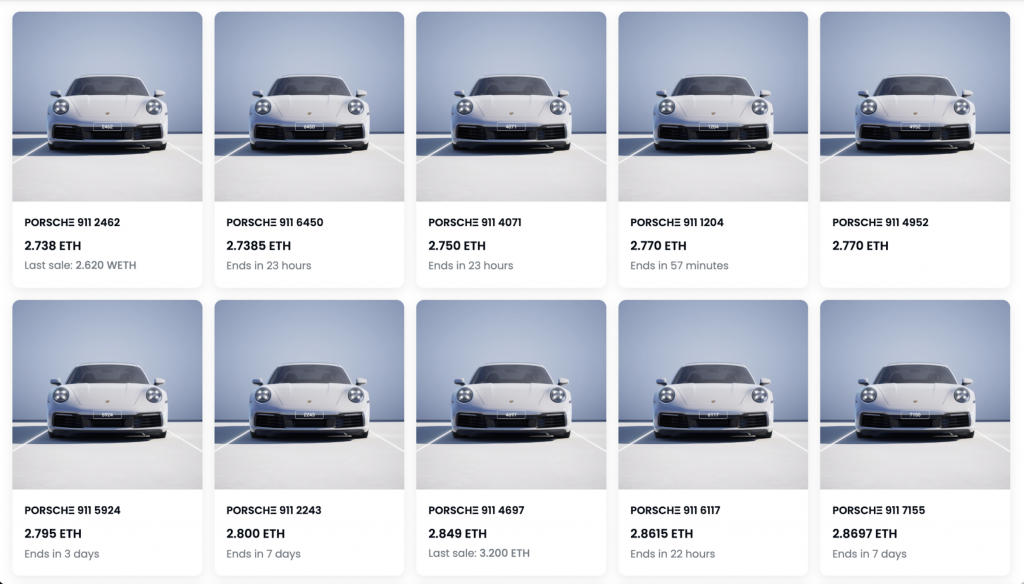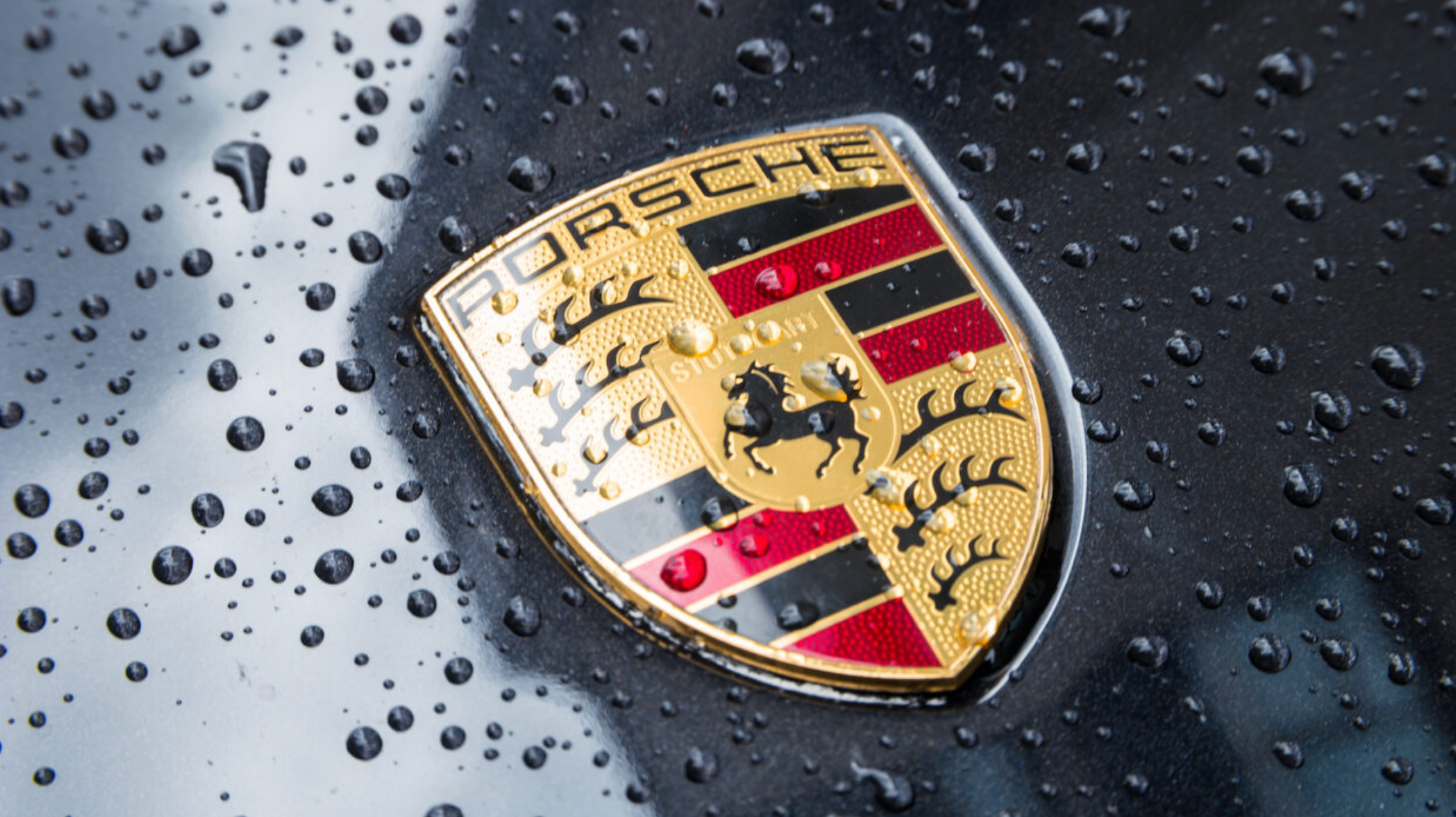This article originally appeared on our sister site Jing Culture & Crypto.
After weeks of hype, Porsche’s first NFT collection ended up being a humiliating flop for the German luxury automaker, achieving a meager 16 percent sell-through rate and igniting widespread community backlash. Although there is a range of opinions on why the NFTs failed to mint out, the high price of the 7,500-strong collection (0.911 ETH each, or approximately $1,412) and poor communication from the Porsche team are the two frequently cited factors.
In a widely-shared thread, Twitter user @spvce_ took to the social platform earlier this week to outline why the project went wrong. Calling it “the worst Web3 project from a Web2 company” so far, the NFT enthusiast summarized how the automobile’s out-of-touch approach led to its ultimate failure, highlighting the fact that the tokens lack further utility.
Although the floor price has since soared on the secondary market to 2.9 ETH — a spiral that was likely influenced by widespread coverage and PR — the release has been widely panned, with many online accounts criticizing Porsche’s foray into Web3 as a cynical cash grab.
The failure proves that even a brand as venerated as Porsche is susceptible to backlash. As industry favorites move into the world of NFTs, what lessons can luxury learn from Porsche’s overconfidence? Although the story continues to develop, three elements stand out:
Nailing the Price-to-Perk Ratio#
While NFT collectors have shown they are more than willing to shell out big bucks for hyped drops, they are arguably more price-sensitive than ever due to the current “crypto winter” climate. Porsche’s NFTs likely failed to fuel enthusiasm because of their high price, which offered little upside to its buyer — besides vague promises of future events and exclusive merchandise. Despite Porsche’s powerful brand name, these so-called perks were met with a collective shrug.
Brand’s looking to sell assets for this high of a price need to consider the incentive. TakeHennessy’s “Café 11” membership in collaboration with Friends with Benefits DAO, or McLaren’s MSO LAB digital community. Had Porsche’s drop come with a motive such as a membership card with real, long-term benefits, enthusiasm may have been higher among its community.

Communication Is Key#
Poor communication from the Porsche team came up in a number of complaints. A lack of direct response from the brand left audiences confused and dampened demand. In response to the widespread criticism of the release, Porsche’s official Twitter account posted two tweets, first saying that the supply would be cut and that the mint will be stopped, then an hour later, stating that the mint was still open and would close on January 25. “For our holders, we can’t wait to define the future with you,” Porsche wrote. Since then, both tweets have seemingly been deleted from the account.
NFT enthusiasts slammed Porsche’s inconsistent communication and decision to stop the mint prematurely, yet not immediately. “Whoever is running @eth_porsche, you’re not helping the @Porsche brand and you suck,” penned Rug Radio co-CEO Farokh Sarmad on Twitter. The takeaway for luxury? In the run-up to — and absolutely during — a Web3 initiative or NFT drop, communicate often to ensure your community feels heard, and use consumers’ negative feedback as a learning curve to do better.
Don’t Go It Alone#
For traditional luxury labels, joining forces with Web3 experts is becoming less of a choice and more of a necessity. Achieving success in an emergent space like the NFT market is tough. Both Porsche's community and NFT experts criticized the brand for making the decision to approach the project without a Web3 expert on hand. As a result, the brand skimped on marketing and released vague and unclear pledges, leaving the most-diehard token lovers fazed.
Even when it came to distributing its tokens, Porsche opted to partner with Road2Dreams, a subsidiary of the German digital collectible company Fanzone. This decision attracted further judgment from enthusiasts, with Twitter user @realfrankwilder writing, “The Porsche mint is a perfect example of why even the most established brands need to partner with Web3 natives to enter the space in a real way.” Others criticized Porsche for giving interested parties no Discord access until after purchasing an NFT, and essentially “just using Twitter engagements to sell out their collection.”
Official news on changes or improvements to the collection remain on standby. While seasoned NFT collectors may have been untroubled by Porsche’s rollout, or simply disinterested, others noted that the chaotic drop could turn off less experienced buyers or those unfamiliar with Web3. If Porsche’s aim was to attract a wide base of consumers and even entice those new to the NFT space, this release failed to achieve either aim.
